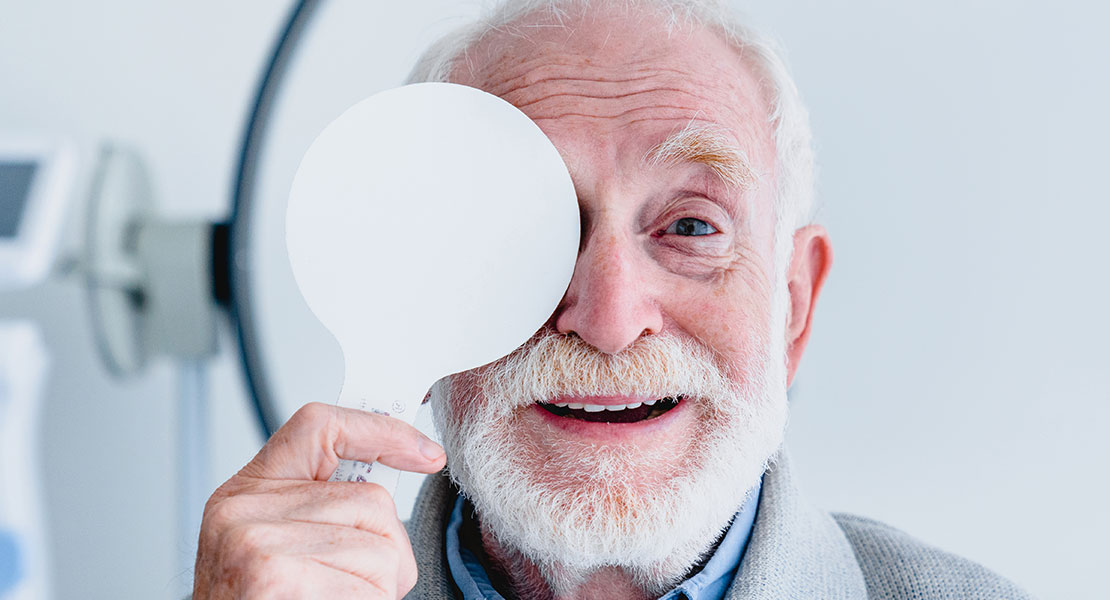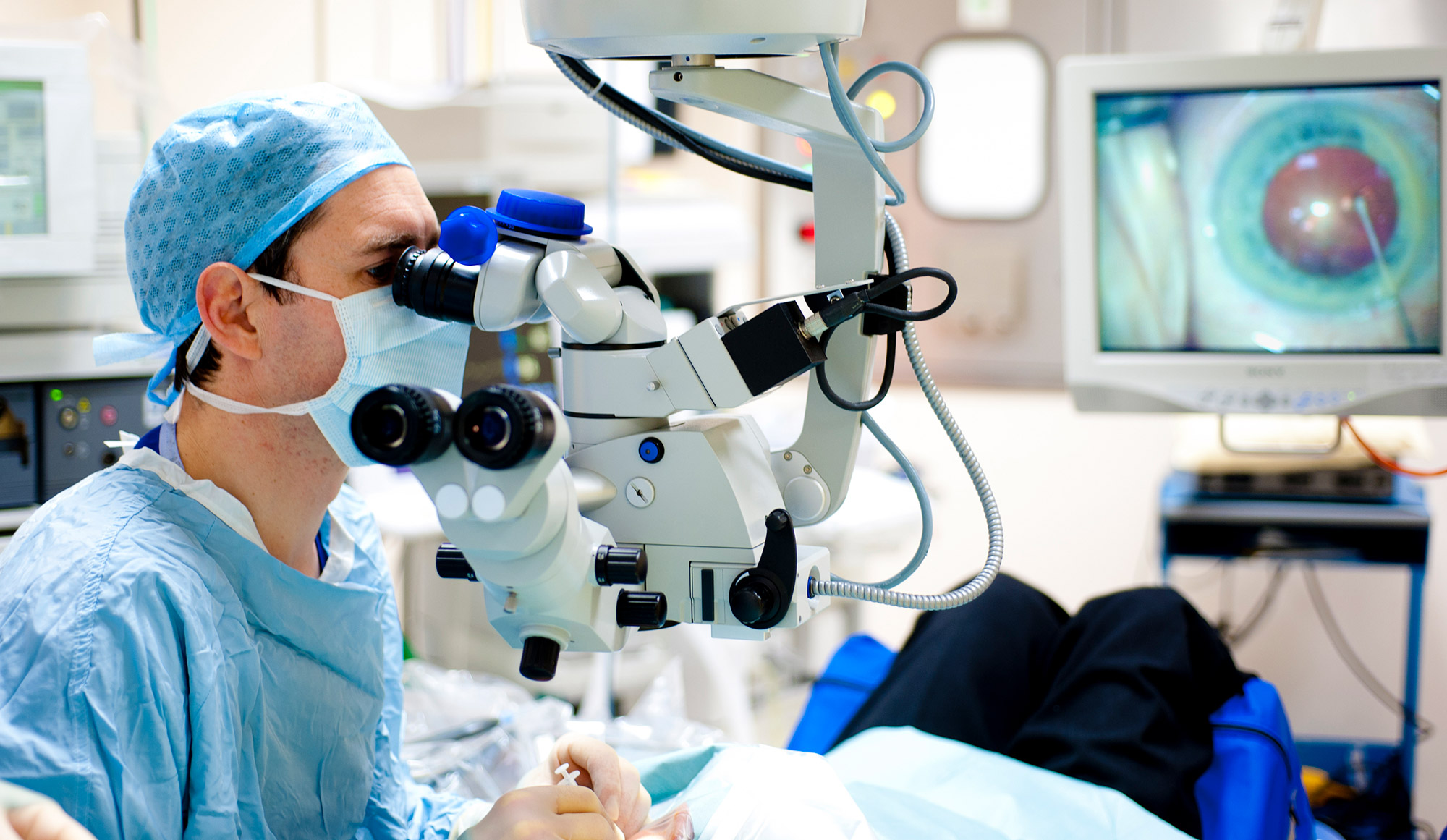Common Retinal Disorders and Their Early Warning Signs

Introduction: Why Your Retina Deserves More Attention Than You Think
Your retina—an ultra-thin layer of tissue lining the back of your eye—is the MVP of your vision. It receives light, converts it into signals, and sends them to your brain to create the images you see. But here’s the catch: retinal disorders can sneak up on you. They often start with subtle symptoms and, if ignored, may lead to permanent vision loss.
Understanding common retinal disorders and their early warning signs is critical. Catching the red flags early gives you the best chance to preserve your sight. So whether you’re in your 30s or your 70s, this guide is your go-to for spotting trouble before it strikes.
1. What Are Retinal Disorders? A Quick Overview
Retinal disorders refer to any condition that affects the retina’s ability to function correctly. These can be due to aging, trauma, medical conditions like diabetes, or genetic factors. The most common include:
- Macular Degeneration (especially age-related)
- Diabetic Retinopathy
- Retinal Detachment
- Retinal Tears
- Macular Hole
- Epiretinal Membrane
- Retinitis Pigmentosa
- Retinal Vein Occlusion
Each has its own symptoms, but many share common early indicators—what you might call visual red flags.
2. Early Signs of Retinal Disease: What Your Eyes Are Trying to Tell You
Spotting early symptoms is crucial. Many retinal diseases are progressive, and delays in treatment can result in irreversible damage. Here’s what to watch for:
Common Symptoms Across Retinal Disorders:
- Blurred or distorted vision: Straight lines may look wavy or out of shape.
- Floaters: These are tiny specks, cobwebs, or threads that drift in your field of vision.
- Flashes of light: Sudden flashes—like camera flashes—can indicate a retinal tear or detachment.
- Loss of peripheral vision: You may notice a shadow, curtain, or dark area creeping into your side vision.
- Blind spots: Missing patches in your central or peripheral vision.
- Sudden vision loss: An emergency requiring immediate care.
- Difficulty seeing at night: Especially common in retinitis pigmentosa.
- Changes in color perception: Colors may appear faded or dull.
Ignoring these signs can cost you your vision. If you notice any of them, especially suddenly or worsening rapidly, seek an ophthalmologist immediately.
3. Detailed Look at the Most Common Retinal Disorders
Let’s take a closer look at the major players in retinal disease:
Macular Degeneration (AMD)
- Affects the central retina (macula), leading to central vision loss.
- Early signs: Difficulty reading, seeing faces, or seeing fine detail; straight lines appear wavy.
- At risk: People over 60, smokers, those with a family history.
Diabetic Retinopathy
- Caused by damage to retinal blood vessels due to diabetes.
- Early signs: Floaters, blurred vision, and fluctuating visual clarity.
- At risk: Diabetics, especially those with poor blood sugar control.
Retinal Detachment
- Occurs when the retina peels away from its base.
- Early signs: Flashes of light, sudden increase in floaters, a curtain over part of your vision
- At risk: People with high myopia, trauma, or family history.
Retinal Tears
- A precursor to retinal detachment.
- Early signs: Flashes of light, new floaters.
- At risk: Often repaired with laser therapy before detachment occurs.
Macular Hole
- A small break in the macula causing blurred and distorted vision.
- Early signs: Trouble reading or seeing fine detail, a dark spot in central vision.
Epiretinal Membrane (ERM)
- A thin layer of scar tissue forming on the retina’s surface.
- Early signs: Blurred vision, distorted central vision (metamorphopsia).
Retinal Vein Occlusion
- A blockage in a retinal vein causing vision loss.
- Symptoms: Sudden blurred or lost vision, usually in one eye.
Retinitis Pigmentosa
- A genetic condition that damages photoreceptor cells.
- Early signs: Night blindness, loss of peripheral vision.
4. How Retinal Disorders Are Diagnosed
Diagnosis usually begins with a comprehensive eye exam. Here’s what to expect:
- Visual acuity test: Measures clarity of vision.
- Dilated eye exam: Eye drops widen the pupil to allow a better view of the retina.
- Optical coherence tomography (OCT): Provides cross-sectional images of the retina.
- Fluorescein angiography: Highlights blood flow in the retina to detect leaks or blockages.
The earlier a problem is diagnosed, the more treatment options you’ll have—and the better your chances of preserving your vision.
5. When to See an Eye Specialist: Don’t Wait for an Emergency
Even if you have no symptoms, it’s essential to schedule routine eye exams, especially if you:
- Are over 50
- Have diabetes
- Are highly nearsighted
- Have a family history of retinal disease
- Notice sudden vision changes
Don’t brush off symptoms like floaters or blurry spots. They’re not just signs of aging—they could be early warnings of something more serious.
Call to Action: Protect Your Vision Starting Today
If you or a loved one is experiencing any of the early signs listed above—don’t wait. Book a consultation with a qualified ophthalmologist or retina specialist. Early detection saves sight. Our clinic offers comprehensive diagnostic services and personalized treatment plans for retinal disorders.
👉 Schedule your eye exam today and take the first step toward lasting eye health.
FAQs: Voice Search Friendly
Q1: What are the early warning signs of retinal problems?
Blurred vision, floaters, flashes of light, and loss of peripheral vision are common early signs of retinal disorders.
Q2: Can retinal diseases be cured?
Some can be treated or managed effectively if caught early. Others, like macular degeneration, require ongoing care.
Q3: When should I worry about floaters?
If floaters suddenly increase or are accompanied by flashes or vision loss, seek urgent care—it could be a retinal tear or detachment.
Q4: What causes sudden vision loss?
Sudden vision loss could be due to retinal detachment, vein occlusion, or other serious conditions. Get medical help immediately.
Q5: How are retinal diseases diagnosed?
Through eye exams including OCT scans, dilated retina exams, and sometimes angiography.
Q6: Is vision loss from retinal disease permanent?
It can be if not treated quickly. Some damage is reversible if addressed early.
Q7: Who is most at risk for retinal disease?
Older adults, diabetics, highly nearsighted individuals, and those with a family history.




